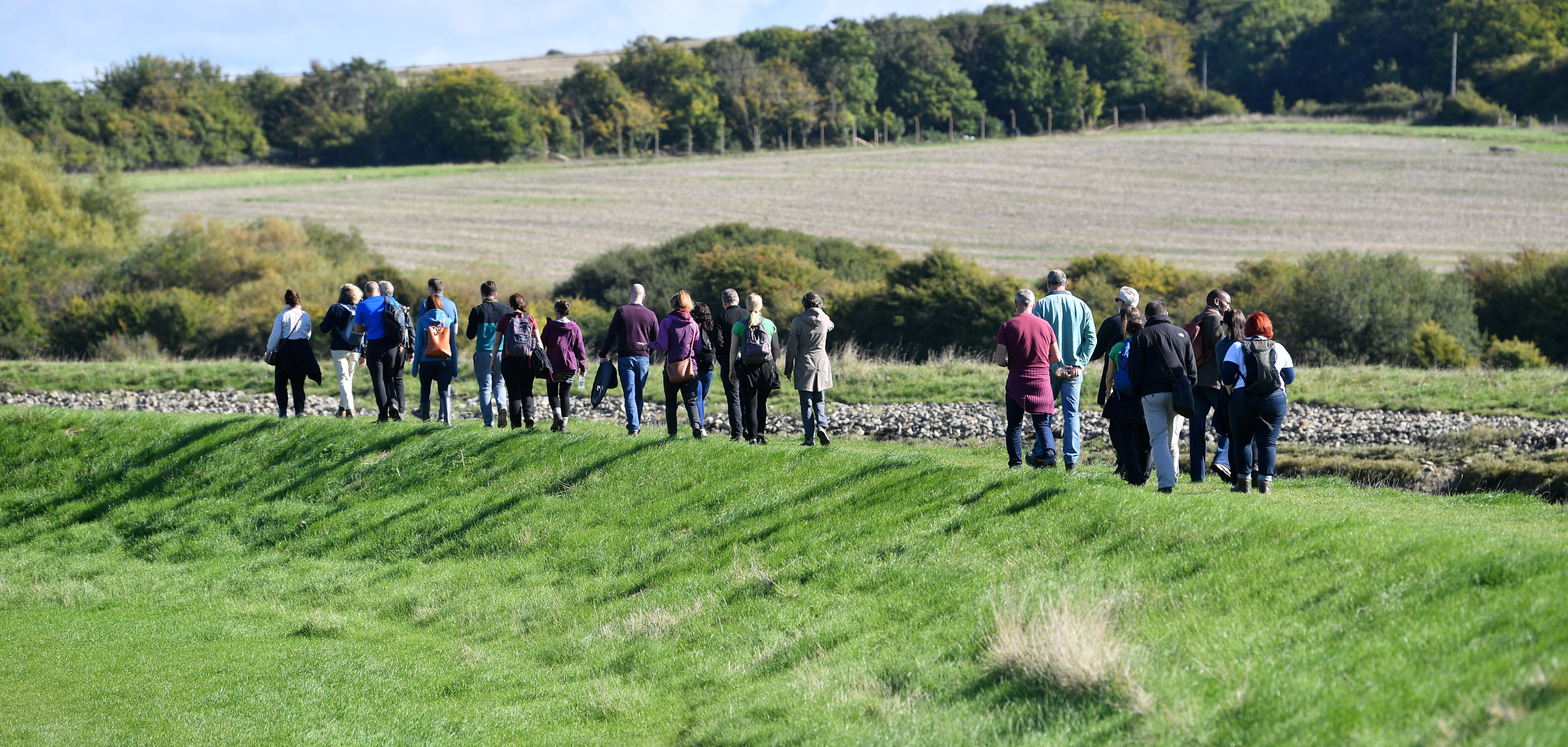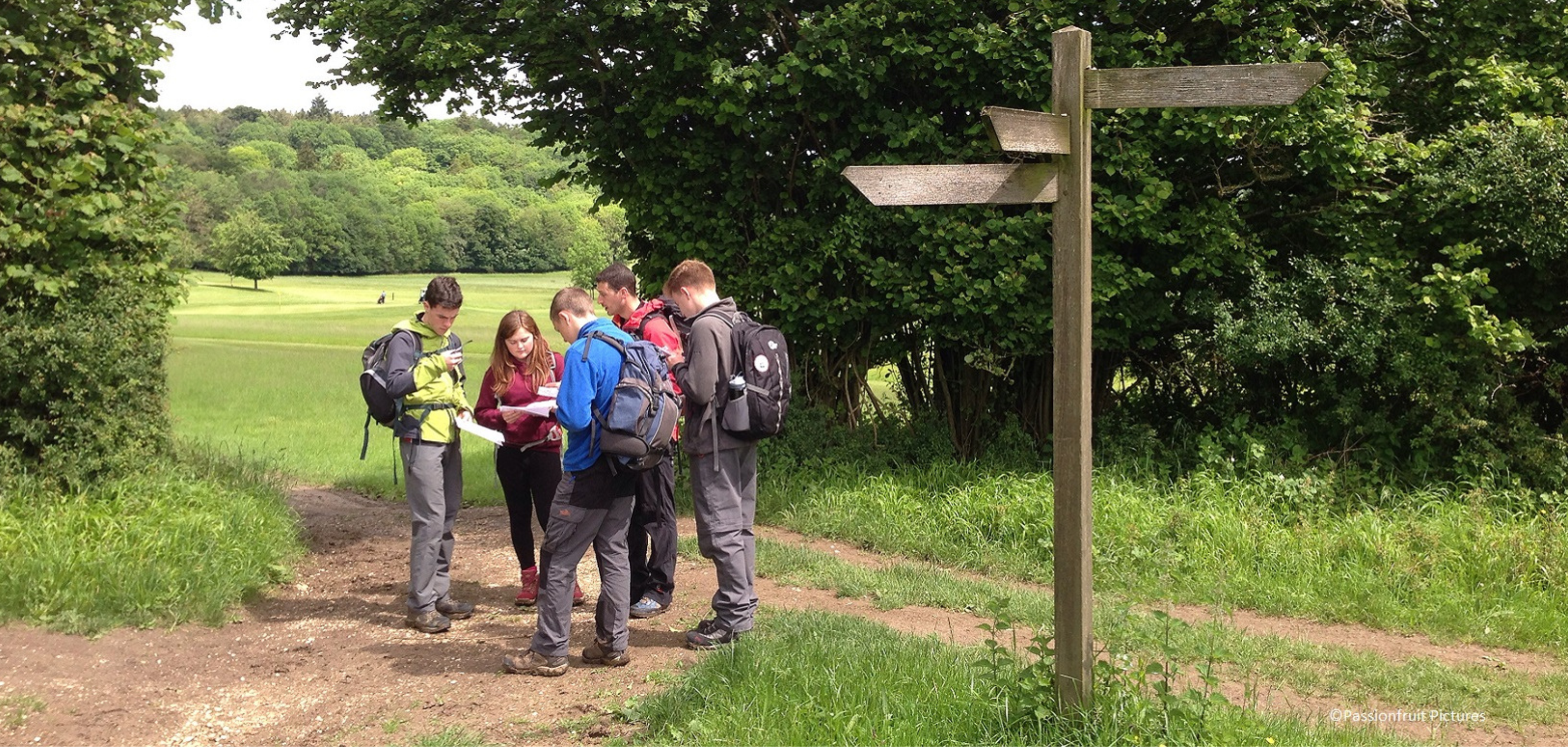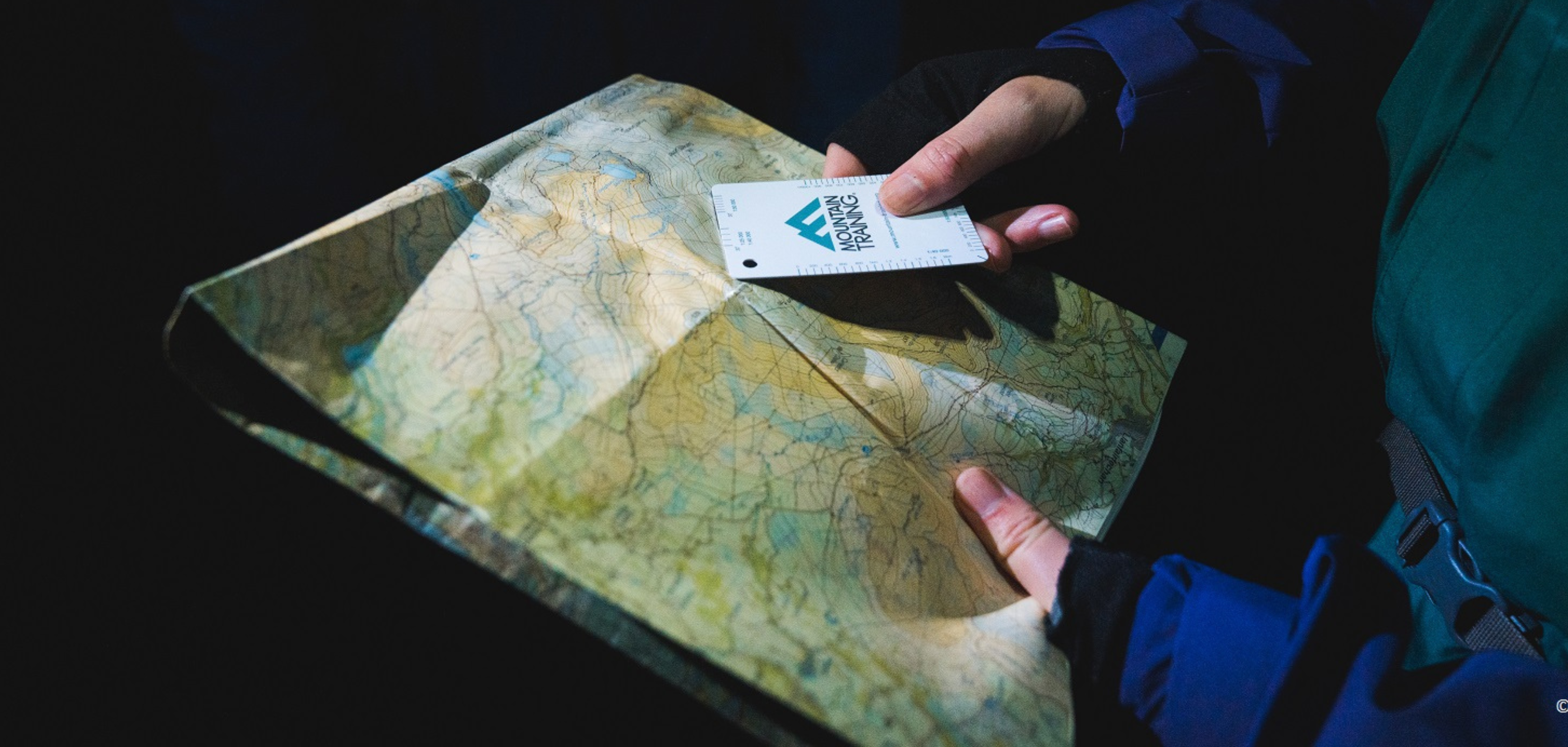We’re proud to be the Official Skills Course Partner of Mountain Training, supporting people who take part in hill and mountain skills courses and providing expert advice on kit for every kind of outdoor adventure.
Mountain Training’s Hill and Mountain Skills courses are designed to build independence and confidence when exploring the great outdoors. You’ll learn how to choose the right kit, when you’ll need it and how to use it.
Together with Mountain Training, we’re sharing our exploration essentials for your days spent in the hills. Remember to check the terrain and conditions before you head out so you can customise your kit list accordingly on the day.
Make The Right Choice
Choosing the right fit is important and worth investing some time in. Although brands produce clothing to suit female and male body shapes, it doesn’t necessarily mean a particular gender design will provide the perfect fit for you. We recommend trying a range of clothing to see what feels best.
Hill & Mountain Skills Essentials Kit List
We’ve selected our best value and pro performance options so you can choose kit to fit your goals and budget. If you need to upgrade your kit, make sure you book an in-store boot & rucksack fitting, or chat with an in-store specialist about your ideal kit.
Waterproof Jacket
Waterproof jackets are one of the most important pieces of kit for a day in the mountains. The best jackets are breathable, lightweight and have a robust hood that you can adjust to stay firmly in place, even on the windiest of days. Taped seams are also an essential feature, preventing water from seeping through your jacket’s stitching.
Jackets should be big enough to fit over all your other layers and allow you to move freely. Additional features such as underarm zips can help you regulate your temperature which is great on more challenging uphill walks, but they’re not essential.
Waterproof Trousers
On a wet day in the UK & Ireland, waterproof trousers can make an uphill scramble feel a lot easier.
Unless leg zips are high-quality and waterproof, it’s worth avoiding them. However, zips do mean that trousers can be put on and off without taking your boots off, which could be helpful if you’re walking somewhere where the weather is changeable.
Boots
These are your most important purchases for safety and comfort. Your boots should extend above the ankle to protect against slips and trips, with a deep tread for better grip on slippery, uneven terrain. It’s vital they’re waterproof and comfortable, and you’ve worn them in slightly before the course starts.
Boot Socks
A good pair of socks can keep your feet warm and dry on a long day of walking. Wearing your everyday socks could be uncomfortable, causing rubbing and blisters. Socks should rise above the ankle, be made of non-cotton materials, and be well-padded.
20-30 Litre Rucksack Or A Daybag
Rucksacks should be big enough to carry everything you need while fitting your body shape well. Most rucksacks aren't waterproof, so you’ll need a waterproof liner for the outside and a dry bag or rubble sack inside to keep your kit dry. A female-specific pack will be shorter in length down the back and more fitted around the chest.
Clothing
All walking clothing should be quick-drying, lightweight and made from moisture-wicking fabrics that draw sweat and rain away from your body, keeping you warm and dry. Avoid cotton and denim clothing because they absorb moisture rather than wicking it away.
Wearing clothing that covers both your legs and arms protects you from the sun and wind, particularly when you’re at a higher elevation. By layering multiple pieces of clothing, you’ll have an effective system to help your body adapt to temperature changes with the weather and terrain.
Layers
Base Layer
A thin base layer made from synthetic or natural materials like merino wool work well.
Mid-Layer Or Fleece
A warmer layer that’s worn over the base layer. A warm, everyday jumper could be good enough, but technical fleeces are designed to withstand outside conditions.
An Extra Layer
Keep this in your rucksack in case of cold temperatures or high winds. An extra jumper that’s big enough to go over everything else will do the job, though a dedicated synthetic jacket is even better!
Trousers Or Leggings
Comfortable, fast-drying materials are essential, so technical trousers will be your best bet. On warm days, leggings can suffice, but in strong winds they're not as protective. Plus, most leggings don’t have pockets. Water-resistant joggers can work but avoid wearing thick cotton joggers or jeans.
Additional Kit (depending on weather and conditions):
Charged Mobile Phone, Charger & Battery – Taking a fully charged phone is not just handy for taking pictures of the beautiful surroundings, but it’s also important to have a means of communication in case of an emergency.
A Warm Hat – A fair amount of body heat can be lost through your head, so wearing a hat helps you retain heat and stay comfortable when temperatures fall.
Gloves – Your gloves should be warm, insulating and water-resistant.
Flask Or Water Bottle – Walking, especially in warm weather, can cause more fluid loss through sweat, and drinking water helps to replenish and maintain your body's hydration levels.
Headtorch – It’s good to carry a headtorch if you’re walking during winter when the days are shorter, and it becomes dark sooner. Likewise, if your walk takes longer than expected, a head torch will help you find your way back after sunset.
First Aid Kit – It's important to bring a first aid kit in case of common injuries. Also consider tweezers to remove ticks and a blister kit in case your boots rub!
Sun Cream – Reduce the risk of sunburn by carrying sun cream on warm and sunny days.
Map – Ensures you stay on track so you can get the most from your experience and avoid getting lost.
Compass – Similar to a map, a compass helps you determine your direction and maintain a sense of orientation so you can navigate accurately.
Waterproof Bags – To protect your belongings from damage in wet weather or when crossing water. They also provide somewhere to store wet clothing if you’re planning a wild swim!
Comfortable & Supportive Sports Bra – To ensure you’re comfortable when you’re out walking.
So, there you have it! All the items we’ve listed are essential for a successful day out in the hills and mountains. However, we encourage you to research the conditions of your walking site and the weather for that day, because they may influence what you’ll need to bring with you.
If you’d like more advice on finding your perfect outfit for exploring, stop by your nearest Cotswold Outdoor store for specialist advice on choosing the right kit.
Remember, if you’re attending a course with Mountain Training, you’ll get a 15% discount on kit for your adventures at any Cotswold Outdoor Store and Online. Your discount can be used before and after the course. T&Cs apply.
Related articles

Let us know you agree to cookies
We use marketing, analytical and functional cookies as well as similar technologies to give you the best experience. Third parties, including social media platforms, often place tracking cookies on our site to show you personalised adverts outside of our website.
We store your cookie preferences for two years and you can edit your preferences via ‘manage cookies’ or through the cookie policy at the bottom of every page. For more information, please see our cookie policy.





